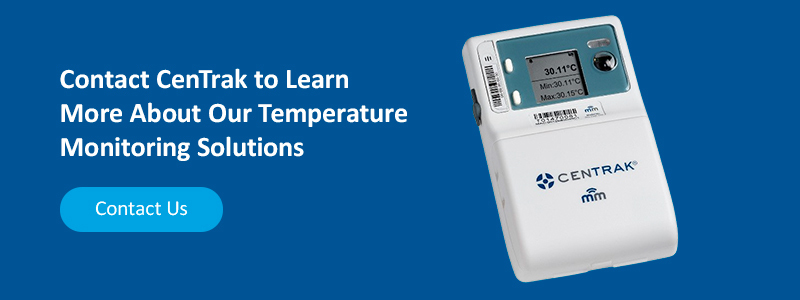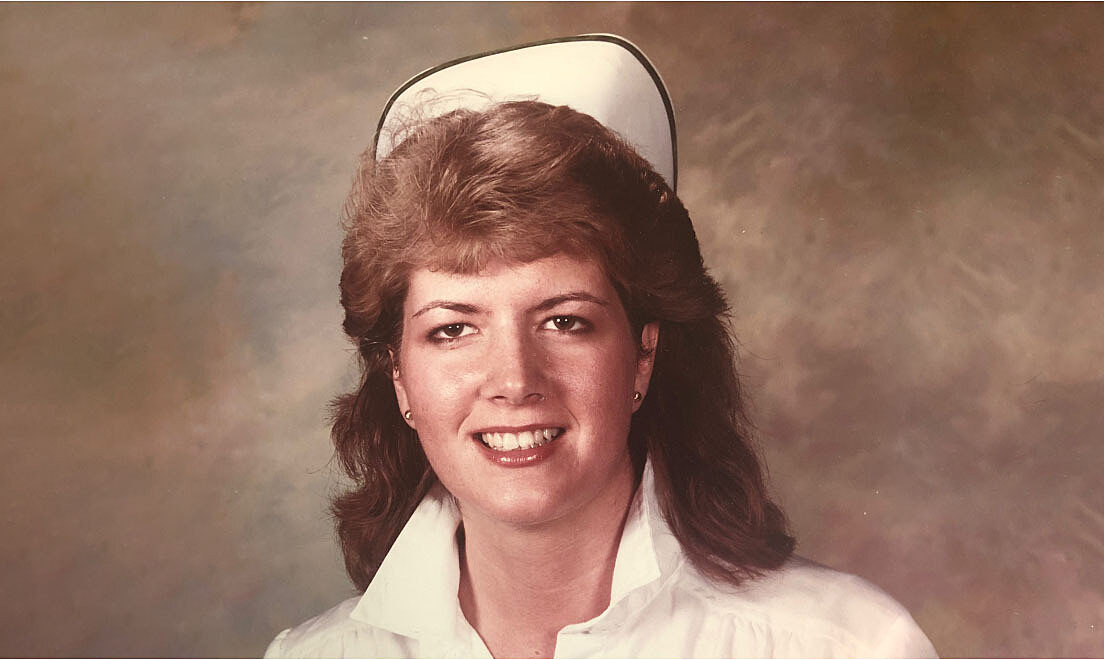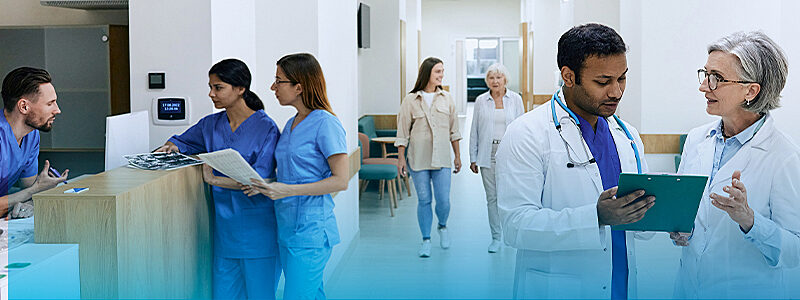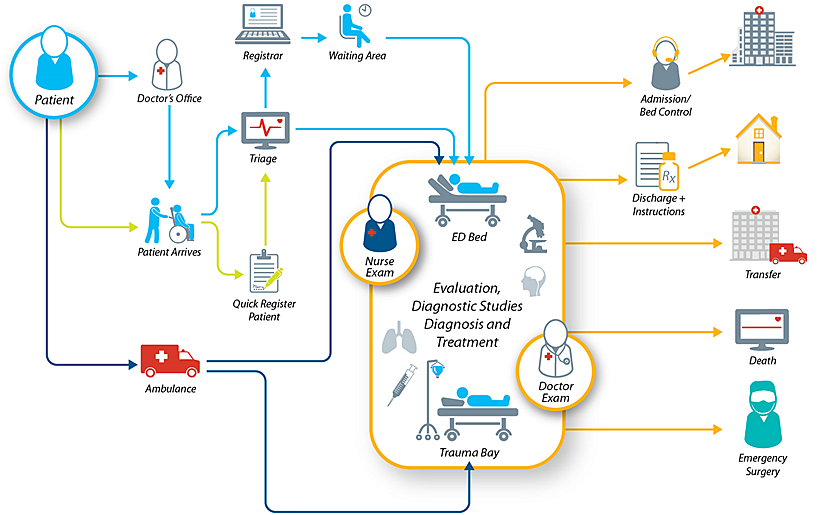The Importance of Wireless Temperature Monitoring in Healthcare
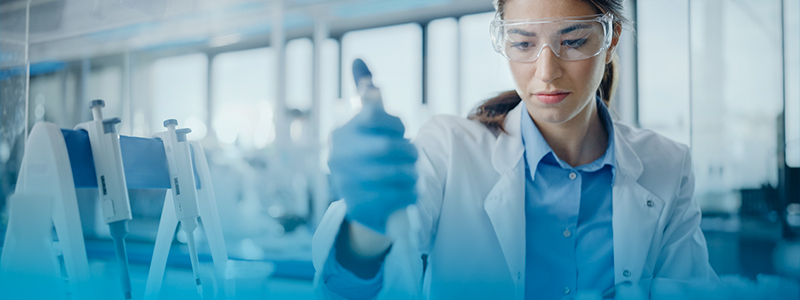
Having reliable temperature monitoring systems is essential for healthcare facilities. Ensuring systems and environmentally controlled areas are functioning properly, is critical to patient safety, operations, and the bottom line.
Wireless temperature monitoring allows healthcare organizations to easily protect important materials that must maintain specific conditions. Whether your facility is storing blood, vaccines, medications, or others, temperature control is needed to provide your patients with the best services possible.
What Is Wireless Temperature Monitoring?
Wireless temperature monitoring refers to using specialized sensors to detect and record the temperatures for specific environments or materials.
These environmental monitoring systems automatically measure the following for hospital staff:
- Temperatures
- Humidity levels
- Differential air pressure
- Oxygen levels
- Liquid nitrogen fill levels
Healthcare facilities use these temperature monitoring solutions to reap the following benefits:
- Ensure product safety
- Prevent product loss
- Eliminate manual reporting
- Maintain compliance
How Are Temperature Sensors Used in Hospitals?
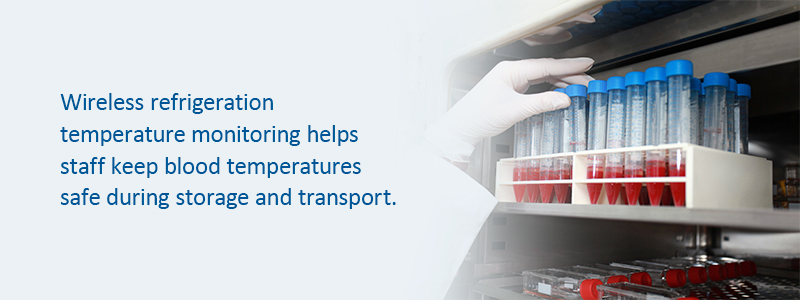
Temperature monitoring is essential for many hospital applications. Sensors play an important role in ensuring your facility maintains precise conditions for the following purposes:
- Blood banks: Blood banks need to meet strict temperature standards set forth by the Association for the Advancement of Blood and Biotherapies. Wireless refrigeration temperature monitoring helps staff keep blood temperatures safe during storage and transport.
- Clinical laboratories: Hospitals must keep patient test results and diagnostic samples under optimal storage temperatures and conditions in clinical laboratories.
- Cryogenic storage: Temperature sensors are essential for cryogenic storage and in vitro fertilization facilities to avoid product loss.
- Food services: Food service management must utilize temperature sensors to monitor dietary items in real-time and ensure they are safe for patient consumption.
- Pharmacies: A pharmacy needs to keep medications and other products at optimal temperatures while in storage and during handling to ensure they are effective and safe for patients.
- Pressurized rooms: Reliable environmental monitoring like differential air pressure (DAP) is crucial for environments like patient isolation or operating rooms.
- Vaccines: Hospital refrigerator temperature monitoring policies must be strict in order to meet Centers for Disease Control and Prevention vaccine storage and handling guidelines and to ensure all vaccines are safe for patient use.
What Temperature Monitoring Features Are Most Important?
When working with temperature monitoring solutions, a few key features will help your hospital measure and manage important assets.
Explore some of the most important features:
Remote, Wireless, and Battery-Operated
When working with a wireless temperature monitoring solution that is battery-operated, your hospital can enjoy the following advantages:
- No downtime: No risk of failure during power outages or failures.
- Easy to install and maintain: No complex wiring and the ability to leverage existing Wi-Fi networks. Ongoing maintenance and management is centralized in one location.
- System security: Real-time notifications alert staff of probe disconnect and door-ajar alarms. Software applications and system settings managed in another centralized location.
Infrastructure Redundancy
Having tags that can leverage both Wi-Fi AND other RF bands, such as UHF, is extremely valuable. If the Wi-Fi network were ever to go down or experience any other type of communication outage, the tags could still communicate with the application using an alternative RF signal. If all networks do go down, a sensor that provides guaranteed data delivery and continues to collect temperature data, provides local alarming, and uploads the information as soon as the connection is restored is critical to ensuring accurate reports, regulatory compliance, and 24/7 monitoring capabilities.
Other Key Features to Look for
The following are additional temperature monitoring features that can benefit your hospital and its operations:
- Notification methodologies: A variety of means for notifying the user of a refrigerator or freezer problem, such as e-mail, text, pager, flashing light, siren, etc.
- Alarm protocols integration: Ability to integrate your established alarm protocols with your temperature monitoring system.
- NIST-certification: Depending on requirements, NIST-Certification may also be a key consideration.
Contact CenTrak to Learn More About Our Temperature Monitoring Solutions
If your hospital is seeking a wireless environment and temperature monitoring solution, turn to CenTrak. As one of the most trusted names in the RTLS industry, we can help you increase safety and efficiency for your healthcare facility. We empower healthcare leaders with IT solutions to optimize operations and elevate patient care experiences.
You can add temperature monitoring solutions to your current deployment if your hospital utilizes CenTrak real-time location systems, or you could use this solution as a standalone service.
Are you interested in learning more about our real-time environmental and temperature monitoring solutions? Contact CenTrak today!
